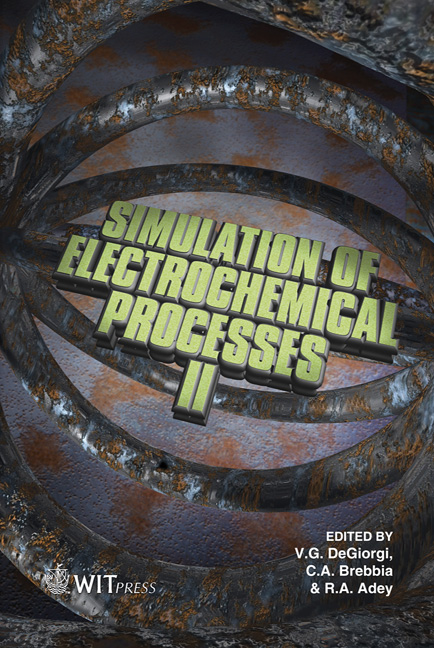Predicting The Performance Of Cathodic Protection Systems With Large Scale Interference
Price
Free (open access)
Transaction
Volume
54
Pages
9
Published
2007
Size
945 kb
Paper DOI
10.2495/ECOR070121
Copyright
WIT Press
Author(s)
R. Adey, J. M. W. Baynham & T. Curtin
Abstract
Understanding the interactions between cathodic protection systems is becoming more complex particularly in the marine and offshore industry. The search for oil and gas in deeper waters and remote environments has resulted in engineering designs with many components on the sea bed as well as at the sea surface. Traditional design methods are inadequate in these situations as interactions will occur between the Cathodic Protection (CP) systems of the components, and significant currents can develop in the connecting flow lines. In this paper recent developments made in the BEASY Corrosion Modelling software are presented which enable these systems to be simulated. Examples are presented showing how computer modelling can play a major role in predicting the level of interaction and providing the key data for the design of the system and its integrity management. 1 Introduction Boundary Element Methods (BEM) have been used to simulate the behaviour of cathodic protection systems since the late 1970s [1]. As the name implies, the method requires creation of elements, but only on the boundary (i.e. surfaces) of the problem geometry. The BEM is used to mathematically model the potential drop in the electrolyte represented by the Laplace equation. In many applications it is sufficient to couple these equations with the equations representing the electrochemical electrode kinetics on the metallic surfaces to form a system of equations capable of simulating the potential fields and current flowing in the electrolyte.
Keywords





